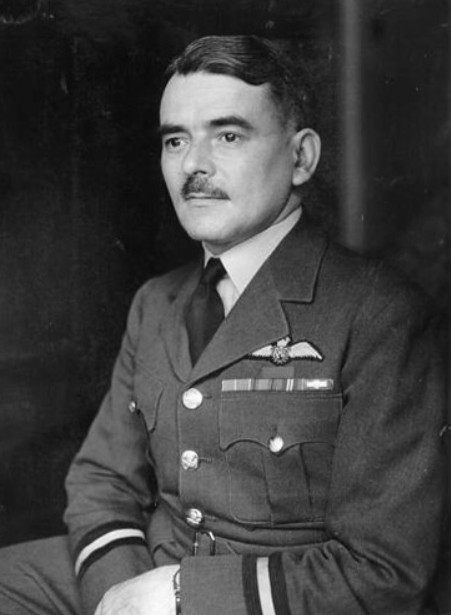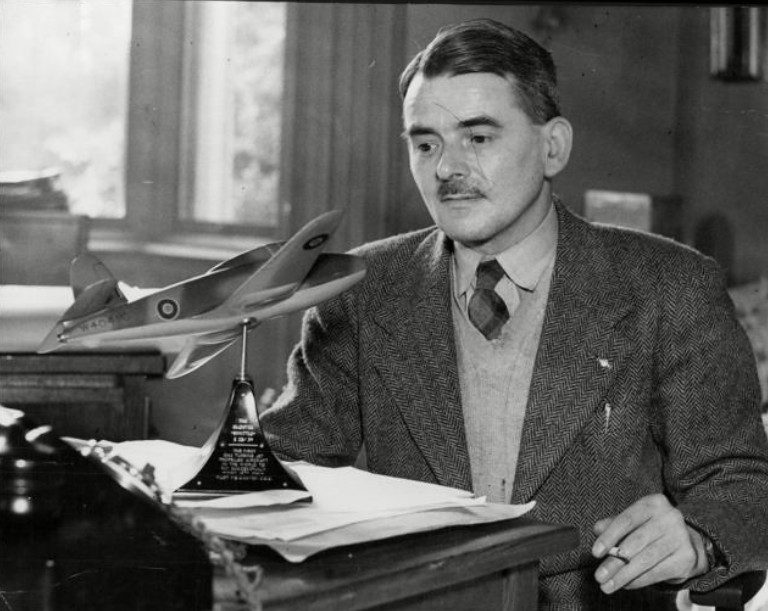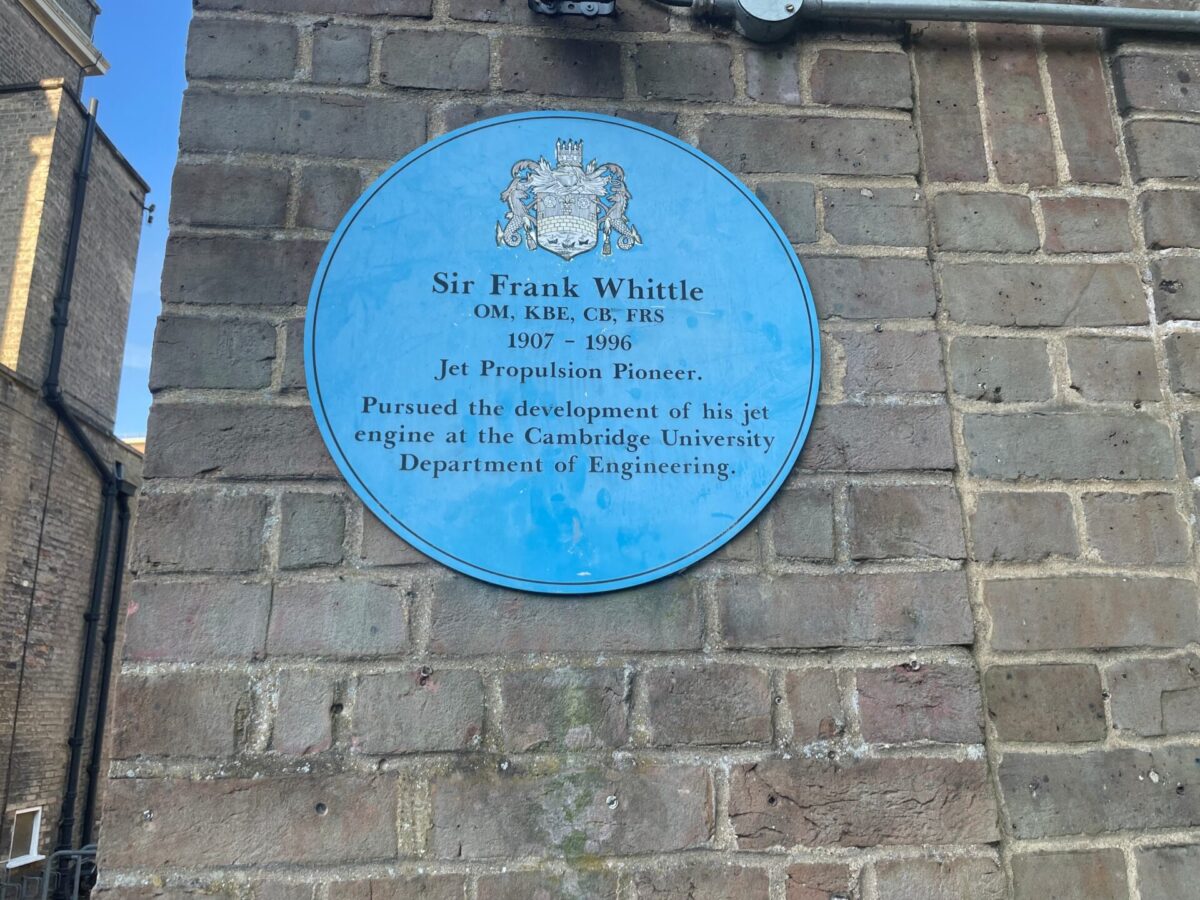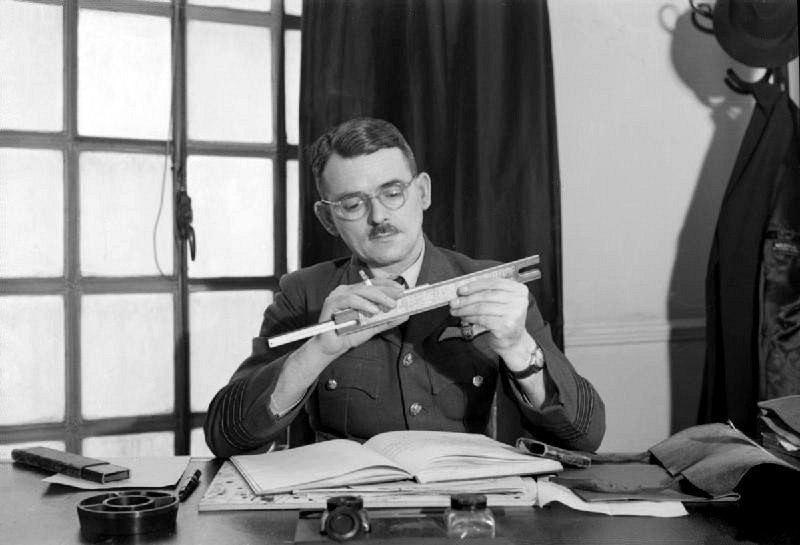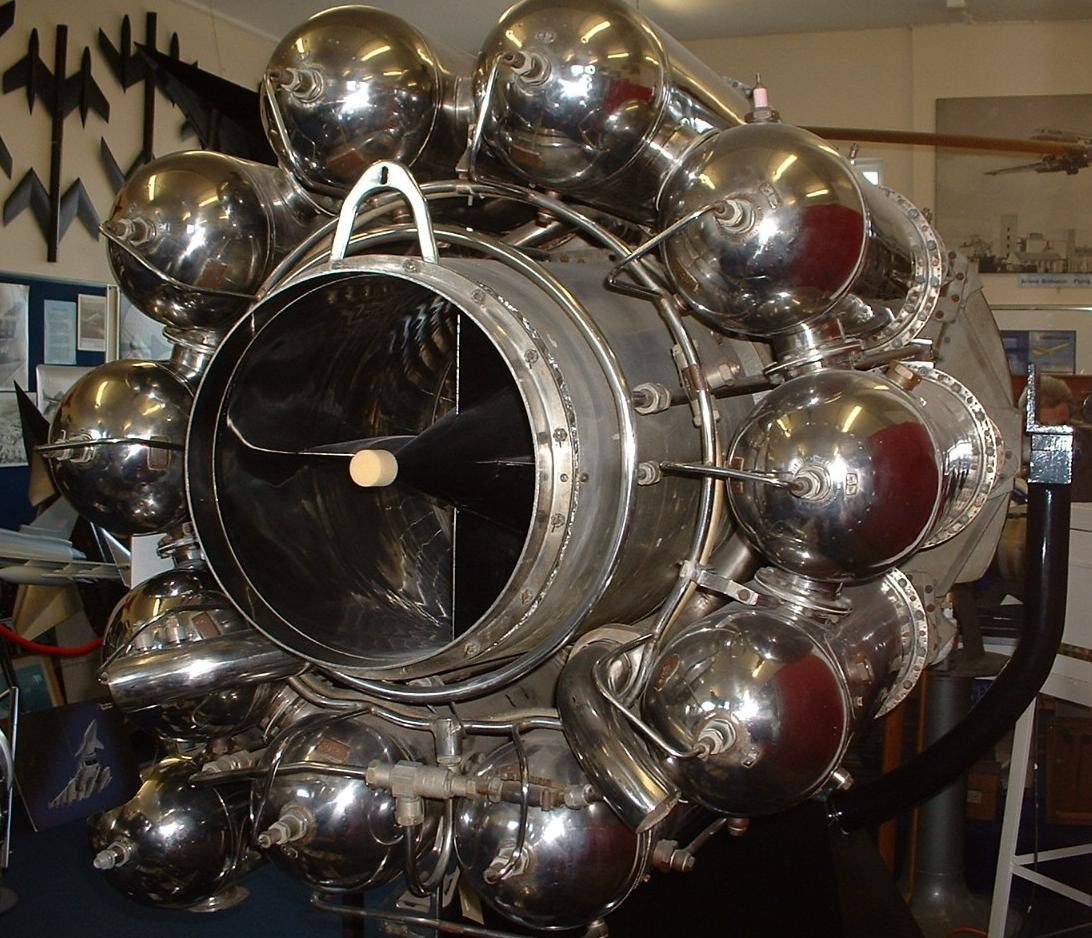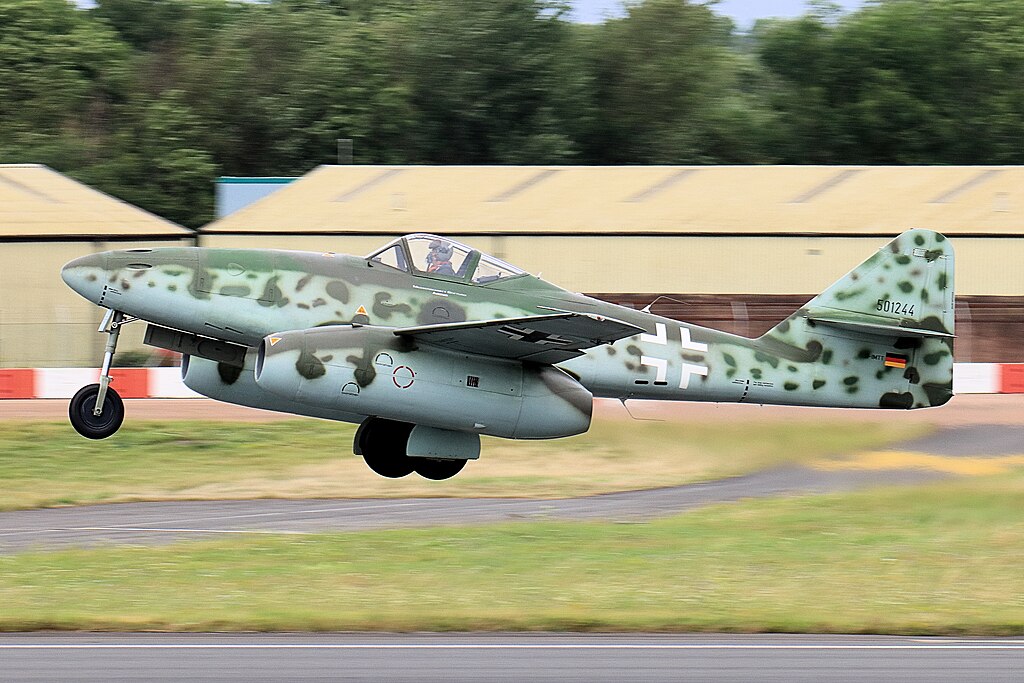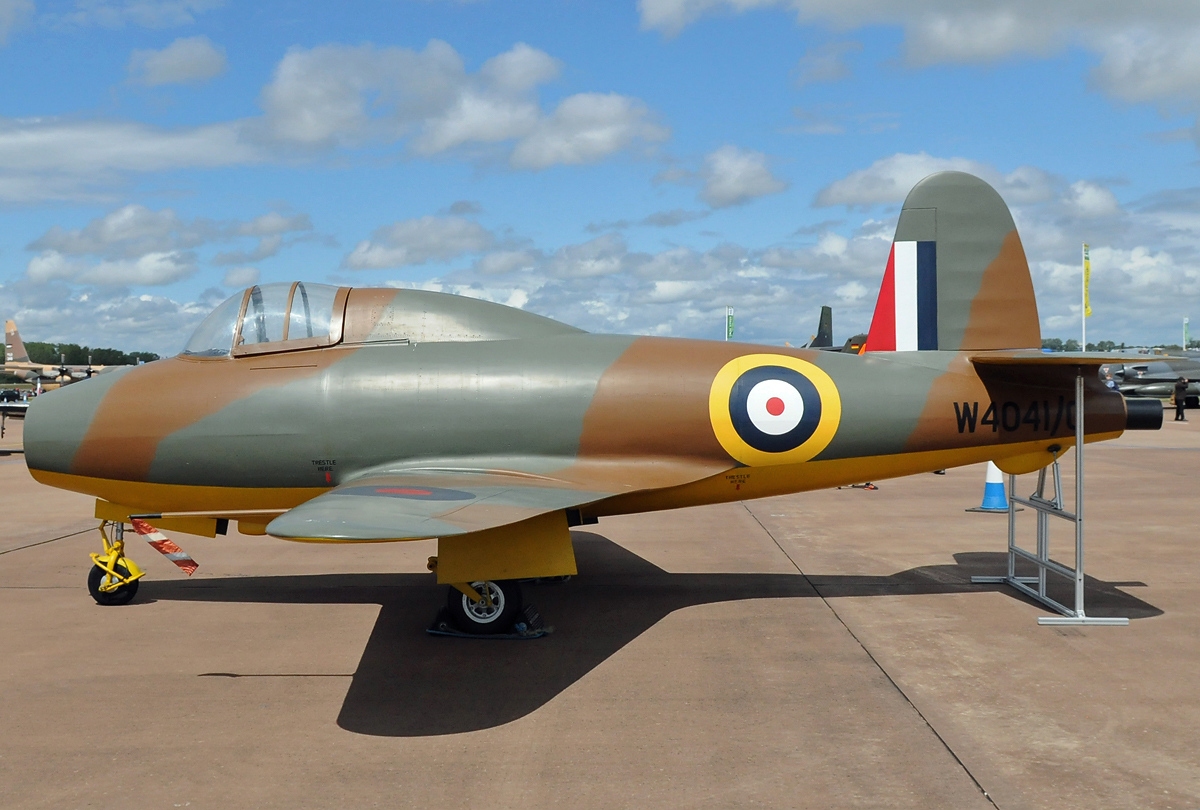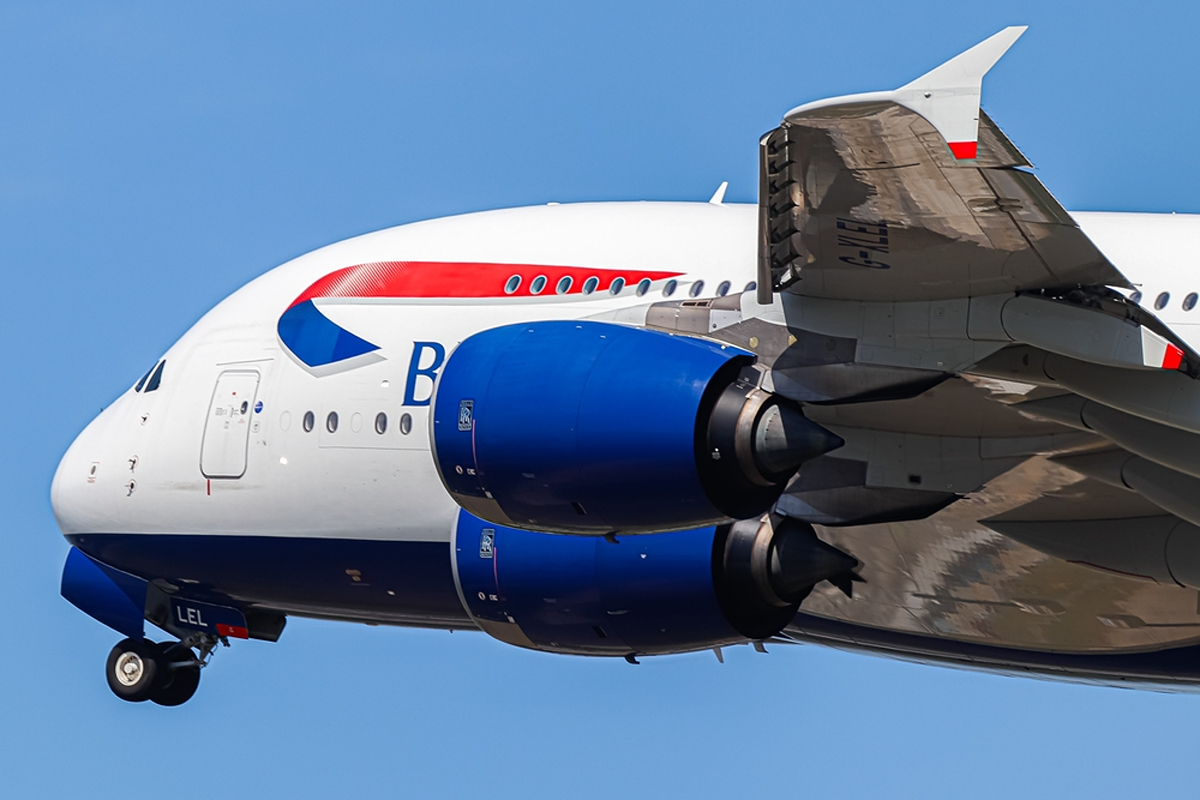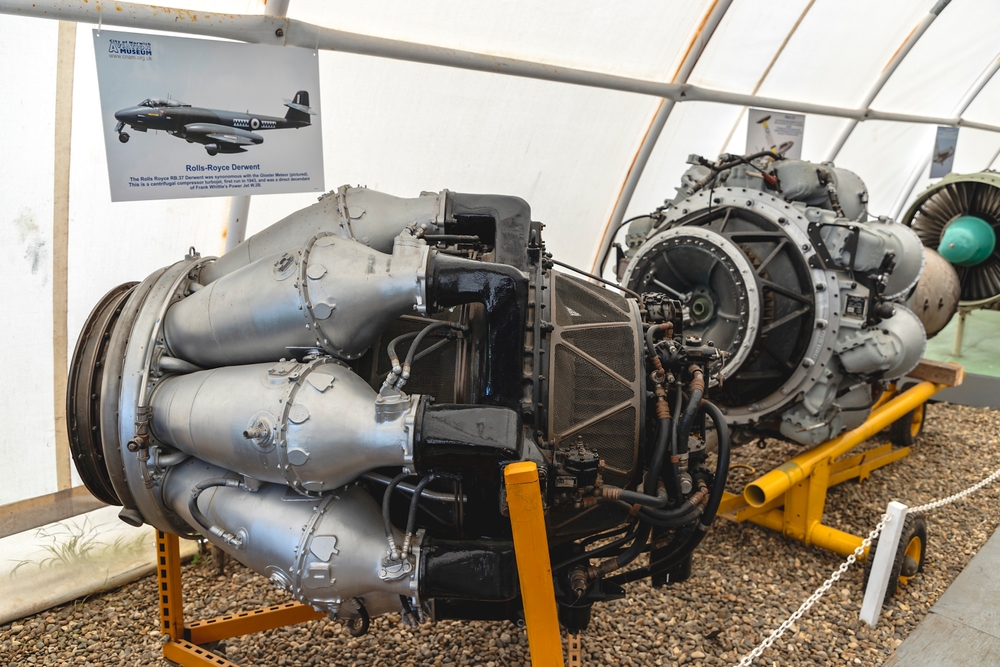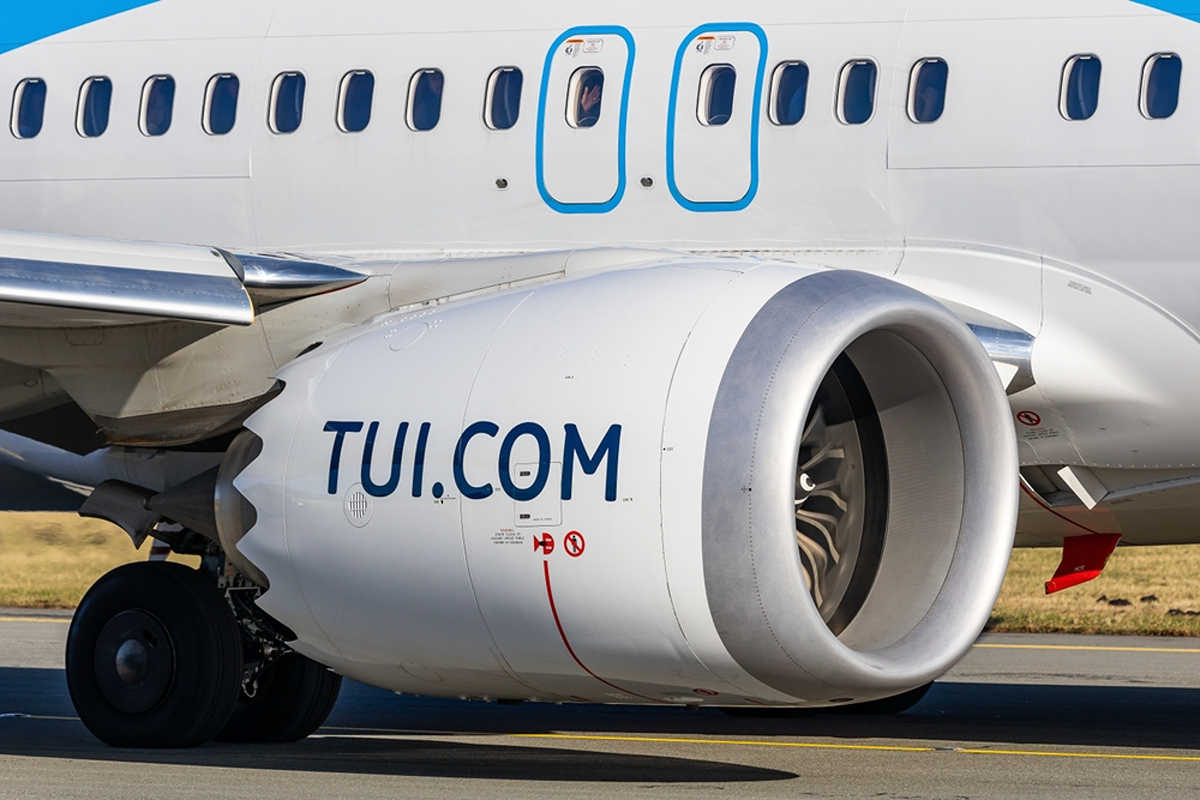If you visit any major airport, it is hard to imagine a time when jet engines did not exist. But while flying thousands of miles around the world seems commonplace to most of us these days, none of this would have been possible if it had not been for the invention of the jet turbine engine.
Before this critical invention had established itself on the world stage, flying was slower and far more time-consuming when trying to get from A to B by air. While the development of piston-driven propeller engines had enabled aviation to take huge leaps forward in terms of how far and how fast airplanes could fly, there remained a widespread belief that the next major development of aircraft propulsion lay just around the corner. However, it would take money, ingenuity, and a pioneering spirit that would unlock that potential and see a jet-powered aircraft take to the skies.
That pioneer would be Sir Frank Whittle, a pilot, engineer, inventor, and deep thinker, who would eventually take the leap of faith and take the jet turbine engine from being simply a concept in his imagination, to the drawing board, to being the default aviation powerplant of choice for decades to come.
This is the story of how an engineer’s son from the heart of England became one of aviation’s true pioneers. With a tenacious spirit and an aptitude for mechanical engineering, it is Sir Frank Whittle that we can all thank for being able to traverse the globe in a matter of hours, rather than days, in the modern age.
Background
Frank Whittle was born in Coventry, located in the center of industrial England, on June 1, 1907. Born to a mechanic father, Whittle spent much of his childhood assisting in his father’s company’s workshop, working on mechanized tools and lathes to produce machine parts for other industries. Even at this point, Whittle displayed a keen interest in engineering, becoming an expert in his father’s gas-powered tools and developing a keen interest in aviation on the side.
As he grew up, Whittle was known to spend much of his spare time at his local library, indulging his interests in aviation, astronomy, engineering, gas turbine engines, and the evolution of flight – all subjects that having an in-depth knowledge of would serve Whittle well as he got older. He also developed a keen interest in joining the Royal Air Force (RAF) as his knowledge grew, and set his mind to joining up as soon as he was old enough.
Whittle enters the RAF
In January 1923, having passed the RAF entrance examinations with flying colors, Whittle was taken on initially as an aircraft mechanic. However, he had long held aspirations to fly and set his sights on becoming a pilot. However, being short of stature and frame, Whittle was rejected twice from air crew selection given his size. However, he later applied once more under a false name (an early display of his tenacity and ambition in action). On his third attempt in 1926, Whittle passed the medical and was accepted for flying officer training at the legendary RAF Cranwell training facility. This was an opportunity that Whittle was not going to pass up.
Whittle excelled in the RAF’s basic flying course, taking his first solo flight (without an instructor onboard) after just 13.5 hours of flight training. He later progressed to flying the RAF’s Bristol Freighter fleet, on which he developed something of a reputation for aerobatic flying and ‘showboating’, for which he found himself in trouble with his senior officers on more than one occasion.
During his time training, Whittle’s course required each student to produce a thesis before they could graduate from RAF Cranwell. Whittle drew on what he knew best as his chosen subject, which was the development of flight to achieve much higher speeds and altitudes than were possible at the time. In his thesis paper, entitled ‘Future Developments in Aircraft Design,’ Whittle demonstrated that even with further development, piston propeller aircraft would be unlikely to achieve airspeeds of over 500 mph (800 km/h) in the future.
Instead, Whittle proposed in his paper a new invention which he termed a ‘motorjet’ comprising an air compressor using a conventional piston engine to provide compressed air to a combustion chamber whose exhaust was used directly for thrust. While the concept had already been mooted by the aerospace industry, Whittle argued that his motorjet would work far more efficiently at higher altitudes, and using air of a lower density would increase overall efficiency as it provided less resistance.
Whittle graduated from the Royal Air Force College in 1928 at the age of 21 and was commissioned as a pilot officer in the RAF, where he would later be described as an “exceptional to above average” pilot.
Development of Whittle’s design continues
Whittle continued working on the motorjet principle after his thesis was submitted. He concluded that by substituting the piston engine with a gas turbine, a thrust of much higher power could be achieved with the same basic setup. Instead of using a piston engine-driven compressor to provide the compressed air for the burner, a turbine could be used to extract further power from the exhaust and drive a compressor. The remaining exhaust thrust would provide the thrust for the aircraft.
Continuing his RAF flying duties, Whittle was such an acclaimed pilot that he was soon selected to become an instructor. While posted to RAF Wittering in Cambridgeshire in 1929, Whittle continued to promote his motorjet design concept to those in charge at the base. Whittle soon found a like-minded individual in Flying Officer Pat Johnson, a former patent examiner. Johnson, in turn, presented Whittle’s concept to the commanding officer of the base.
Encouraged by the commanding officer to pursue his theories, in late 1929, Whittle sent his concept to the Air Ministry in London to see if it would be of any interest to the UK government. Whittle was subsequently invited to London to meet with an officer of the Ministry’s Department of Scientific and Industrial Research (DSIR). However, following that meeting, Whittle received a letter stating that the Air Ministry remained unconvinced that Whittle’s design could achieve the sort of efficiencies needed for a practical jet-powered engine.
Finding various alleged faults in both Whittle’s design and a single calculation, the Air Ministry conceded that “the internal combustion turbine will almost certainly be developed into a successful engine, but before this can be done, the performance of both compressors and turbines will have to be greatly improved. However, it has been of real interest to investigate your scheme, and any suggestion submitted by people in the Service is always welcome.”
The decision to reject Whittle’s design would eventually have huge ramifications for both Whittle and the UK government, as well as the rising tensions within Europe that would ultimately lead to World War Two.
Pat Johnson remained convinced of the validity of Whittle’s design, leading to it being patented in January 1930. Whittle thereby fully retained the design rights to his engine, and subsequent meetings were held with various commercial organizations where interest in his design was raised, although no deals for funding were forthcoming by which it could be developed further.
Alongside his flight instruction duties, Whittle attended the RAF’s Officers School of Engineering in 1932. Obtaining an average of 98% in all subjects in his entrance exam, this allowed Whittle to complete a shortened one-year course. Following the successful completion of this course, Whittle decided to take a two-year engineering course at Peterhouse College at the University of Cambridge in the UK, graduating in 1936 with a first-class degree in Mechanical Science. There remains a historic plaque commemorating Whittle’s attendance outside the University’s School of Engineering to this day.
The birth of Power Jets
Upon his graduation from Cambridge, Whittle was granted a further year to develop his design by the RAF. However, without additional funding, Whittle was unable to renew the patent on his design, which duly lapsed, opening it up to others to potentially develop further, thereby presenting a risk.
However, through a string of serendipitous meetings with former RAF contacts, Whittle formed a partnership with two retired RAF servicemen, with Whittle retaining half of the shares of the new partnership. The plan was that the firm would be better placed to seek commercial funding for the Whittle design with some form of proper organizational setup behind it.
Following a series of unsuccessful meetings to secure funding, the partnership eventually found favor with a specialist investment bank that had a leaning towards more risky ventures in September 1935. The bank agreed to fund the development of Whittle’s design, and with that deal finalized, the future of the Whittle jet engine was secured, and the course of aviation history changed forever.
Through a three-way partnership negotiated between the investment bank, the Air Ministry, plus Whittle and his two partners, a new company by the name of Power Jets was established. Whittle and the partners retained 49% while the bank invested an initial £2,000 ($2,680) with the option of a further £18,000 ($24,120) within 18 months.
As Whittle was still a full-time RAF officer, he required special permission to work outside his RAF duties and was limited to dedicating just six hours a week to Power Jets. However, as Whittle had been allowed an additional year at Cambridge to continue post-graduate studies, this restriction had little practical effect.
While the RAF continued its own jet engine development work alongside Power Jets, the others in the company set about building a prototype engine to demonstrate its viability and effectiveness. By the end of 1936, in a factory owned by the British company Thompson-Houston located near Coventry (Whittle’s hometown), the prototype was almost ready for its first test run, which had also been produced well within the £2,000 initial budget.
Germany enters the jet arena
By this stage, two leading German aerospace engineers (Herbert Wagner at Junkers and Hans von Ohain at Heinkel) had begun developing their own jet turbine engine. While for many years, it was suspected that the work in Germany had developed on the back of Whittle’s patent being allowed to lapse, the Germans always denied this. The German Ministry of Aviation had been far more supportive of von Ohain’s new design, unlike the RAF with Whittle’s a few years earlier, and development of the first jet-powered airplane continued apace in that country while it lumbered on in the UK.
Despite further setbacks, including the RAF backing a rival jet engine design produced by someone who had been following Whittle’s work with Power Jets closely, the company proceeded with its own development work, almost to the point of bankruptcy. In July 1937, the company was provided with an emergency loan of £250 by the bank to keep it in business. This would once again prove to be a turning point in the fortunes of Whittle and his engine design.
Following a glowing report by one of Whittle’s industry contacts that was sent to the Air Ministry, the latter decided to show more interest in the work being done by Whittle and invested a further £5,000 ($6,700) into the research and development fund to produce a flyable version of Whittle’s engine, by then known as the Power Jets WU (Whittle Unit).
Throughout the late 1930s, work proceeded with the Power Jets WU, although by this stage, the Germans were far ahead in terms of their development. While the Germans had their own setbacks with developing a jet engine, they would eventually beat the UK into the air with the first jet-powered airplane, a Heinkel He 178, and later a Messerschmitt 262, by nine crucial months.
Launched into Luftwaffe service towards the end of WW2, the Me 262 could fly significantly faster than its Allied counterparts, with far better firepower. Me 262s were credited with the downing of at least 542 Allied aircraft before the end of the war, leaving the RAF kicking themselves that they had not embraced and supported Whittle’s initial design years previously.
Ultimately, the lack of funding for Whittle’s project, along with a dithering lack of interest or support over many years displayed by the RAF had cost the UK a vital head start in the race to build a usable jet engine – issues that would all come back and bite the UK government as World War Two began in 1939.
First flight
Eventually, despite further setbacks and many late nights, all of which adversely affected Whittle’s mental health, Power Jets was able to refine its design far enough to produce a flyable engine to be embedded inside a Gloster Aircraft E28/39 development testbed. The aircraft began taxi testing on April 7, 1941, at Brockworth Airfield in the west of England. Then, on May 15, 1941, the Whittle-powered E.28/39 took off from RAF Cranwell, flying for 17 minutes and reaching a maximum speed of around 340 mph (545 km/h).
Within days and after further test flights, the aircraft was flying at 370 mph (600 km/h) at 25,000 feet (7,600 m), far outperforming the Supermarine Spitfire, the RAF’s fastest aircraft at the time. With the performance of the aircraft and Whittle’s engine design now proven, various other major British aerospace companies, including Rolls-Royce, the British Aeroplane Company (BAC), and Hawker-Siddeley, all became interested in embracing the technology further.
Throughout WW2, these companies developed jet-powered aircraft further. Whittle himself worked on more powerful examples of his design to give them greater application possibilities. The RAF commissioned the design of a new combat jet that would be powered by Whittle-designed engines in the form of the Gloster Meteor, although this type would barely make an impact in RAF service before the end of the war came in June 1945.
In June 1942, with his reputation now preceding him, Whittle was invited to visit various aerospace companies in the US, including Bell Aircraft and General Electric. The purpose of the tour was for Whittle to share his knowledge to expedite the understanding of jet-powered flight among the Americans, so that their jet aircraft programs could accelerate.
Further development – the high bypass engine
Even with the Gloster Meteor in service and with various aerospace companies around the world, Whittle did not rest on his laurels. Wanting to improve the efficiency of the jet engine further, even at lower speeds, Whittle devised a unique way of ‘gearing down‘ his jet engine, that is to convert a low-mass high-velocity jet such as the Meteor, into a high-mass low-velocity jet that might be capable of powering larger aircraft in the future.
Whittle devised a method using an additional turbine to extract energy from the jet and use this energy to drive a low-pressure compressor or a large fan at the front of the engine which was able to ‘breathe’ far more air than the jet engine itself and forcing this additional air rearwards as a ‘cold jet’.
His newly completed system became known as a turbofan engine, commonly used even today on large military and commercial aircraft. The design consisted of an additional turbine in the exhaust of the main engine, creating a two-stage powerplant. A third stage was later added, with specially-shaped turbine blades located outside of the engine core, which increased the ‘bypass ratio’ of the engine by around three to four times, paving the way for the production of large-scale jet turbine engines that would go on to power larger aircraft in the future.
As the war continued, the RAF had by 1944 realized its earlier mistake by ignoring Whittle and the work of Power Jets. The company was eventually nationalized, with Whittle and his two partners receiving payments for their shares, but with the intellectual right to the designs passing to the UK government. Meanwhile, Whittle had managed to retain his employment with the RAF alongside his development work and had reached the rank of Squadron Leader by the end of WW2.
Post-war Whittle
In the years following the end of the war, aerospace companies around the globe had taken Whittle’s technology and began building their own jet turbine engines for a variety of aviation applications.
Whittle, however, was suffering from exhaustion as well as the burden of the belief that had the RAF supported his designs earlier, many aircrews’ lives (along with those of others who died in WW2) might have been saved. He reached the rank of Air Commodore before finally being discharged from the RAF on medical grounds in 1948
Nevertheless, Whittle continued working, finding employment with several British aerospace companies throughout the 1950s, 1960s, and 1970s, as well as receiving a number of major awards and titles. He was made a Knight of the British Empire in 1948, enabling him to use the title of ‘Sir’ before his name, the highest honor available to British citizens.
Whittle eventually divorced his first wife and remarried an American, settling in the US and taking up a role as a Research Professor at the United States Naval Academy in Annapolis, Maryland, close to where he now lived. His further research focused on atmospherics before he went part-time in 1976, eventually retiring from all paid work in 1979. During his professorship, Whittle wrote a textbook entitled ‘Gas Turbine Aero-thermodynamics: With Special Reference to Aircraft Propulsion,’ which was published in 1981.
Ironically, in the years since the end of WW2, Whittle and his German counterpart, Hans von Ohain, would occasionally cross paths at various institutions and while giving lectures at venues across the world. Although initially under the impression that von Ohain had only been able to develop his jet engine after seeing the detail of Whittle’s design once its patent had expired, he eventually changed his view on this, with the two men becoming close friends as they toured the US, giving talks together.
In one conversation between the two, many years after the war, von Ohain is alleged to have said to Whittle, “If you had been given the money, you would have been six years ahead of us. If Hitler or Goering had heard that there is a man in England who flies 500 mph in a small experimental plane and that it is coming into development, it is likely that World War Two would not have come into being.”
Sir Frank Whittle died at his home in Columbia, Maryland, from lung cancer on August 9, 1996. While he was cremated in the US, his ashes were returned to England, where they were placed in a memorial in a church close to RAF Cranwell, where Whittle’s RAF journey had begun 73 years earlier.
Conclusion
Regardless of who flew the first jet-powered aircraft. Sir Frank Whittle is still considered by most to this day to be the ‘father of the jet engine’. After all, it was Whittle who first devised and patented the concept of compressing a gas and setting alight to it to produce thrust that first captured the attention of many, although sadly not of those in the RAF or the UK Air Ministry who mattered at the time, despite the spectre of World War Two looming increasingly large on the horizon.
So, the next time you are heading away somewhere in a commercial jet aircraft, as those huge turbofan engines spool up at the end of the runway, propelling you and perhaps hundreds of other people into the air, spare a thought for the long hours of toil, and the stress, but overall the pioneering spirit that got you there in the first place.

